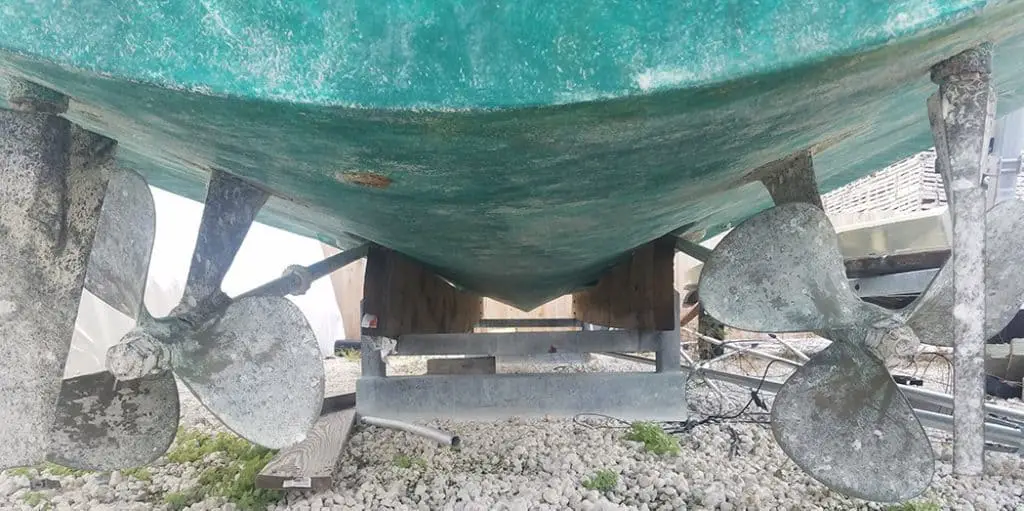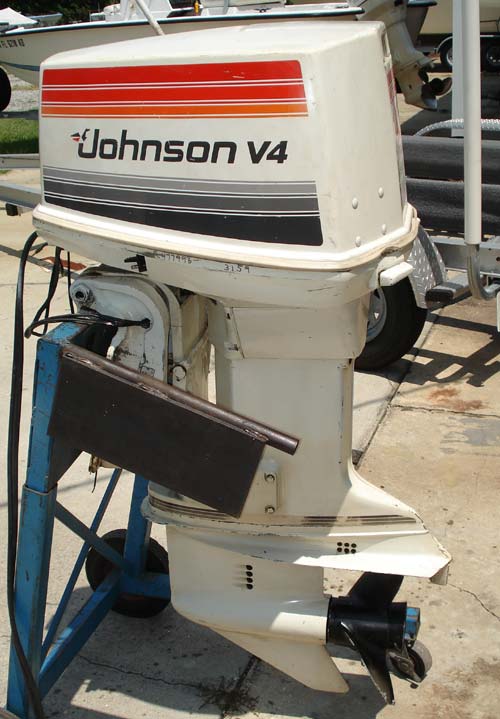

Comparing Inboard Boat Engines to Inboard Outboards Boat resale values are generally well-maintained for boats with upgraded outdrive models. MerCruiser’s Bravo 3 outdrives and Volvo’s DPR DuoProp sterndrives are popular choices. Both offer options for counter-rotating propellers that improve propulsion efficiency, speed, acceleration and handling even more. The two leading manufacturers of sterndrives are Volvo and MerCruiser. Efficiency: Known to be an efficient propulsion design, inboard outboard motors are faster and have better fuel economy than inboard engines.Maneuverability is also easier for a boat with inboard outboard drives. Convenience: The tilt mechanisms on an IO outdrive enables a boat to go into shallower water than an inboard engine boat.A sterndrive replacement is a likely repair with an older boat. Reliability: Due to the potential corrosion issues, a sterndrive IO may have a shorter lifespan than an inboard boat motor.To minimize the damage, zinc anodes should be replaced often and antifouling outdrive boat paint should be used annually. While not as big of an issue in freshwater, a sterndrive IO exposed to salt or brackish water is prone to corrosion. Maintenance: One of the biggest disadvantages of an IO drive is the higher maintenance requirements.

The outdrive positioning in the far back of the boat (as opposed to further forward like inboards) helps improve the performance. Performance: An inboard outboard motor is known for more speed and boat trim ability while cruising.Widely available on boats under 30 feet (or 9 meters), sterndrive inboard outboards have a lot of advantages when compared to inboard boat motors. A stern drive IO, also known as an inboard outboard, has an outboard lower unit connected through the transom of a boat to an inboard gas/petrol or diesel engine.


 0 kommentar(er)
0 kommentar(er)
